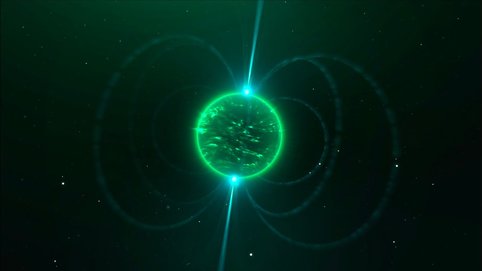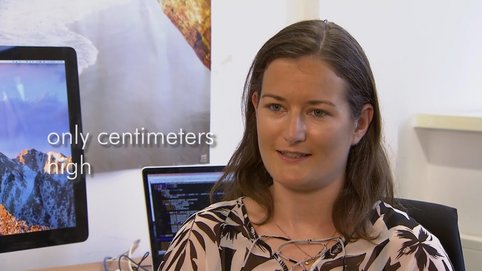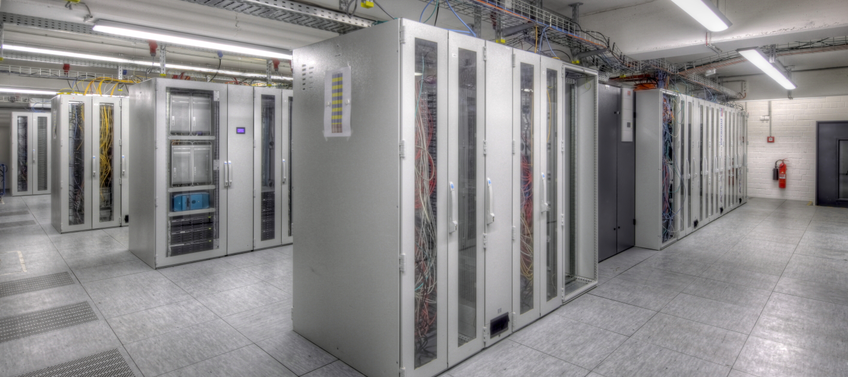
Data analysis
The development and implementation of data analysis algorithms is essential for the searches for the different expected types of gravitational wave sources. This includes burst, stochastic, continuous wave, and inspiral signals in data from ground-based gravitational wave detectors.
Continuous gravitational waves
Join us on a journey into the depths of our Galaxy!
https://www.youtube.com/watch?v=mV4-DUalJ5I
Searching for Continuous Gravitational Waves
The permanent independent research group “Continuous Gravitational Waves” at the AEI aims to detect gravitational waves from spinning neutron stars, and thus to observe these stars via a completely different physical mechanism, which would carry important new information about their internal structure and composition.
https://www.youtube.com/watch?v=7xIAHdDipNg
Data analysis with the Atlas computer cluster
The animation illustrates how the computing cluster ATLAS analyzes data from the international gravitational wave observatory network.
https://www.youtube.com/watch?v=LbWOBF3BPQI
Einstein@Home screensaver
The Einstein@Home project comes with a screensaver that displays information about the processing on the volunteer's computer. The screensaver shows the rotating celestial sphere with the brightest stars and their constellations. Magenta and red points are known pulsars and supernova remnants, respectively, which are concentrated along the plane of the Milky Way. The orange crosshair shows the sky position currently being analysed. Additional processing information and computation details are shown in the corners of the screen.
https://www.youtube.com/watch?v=_r8vIfSxlIk
Images
Note: Publication of these images requires proper credits and written permission. Please contact the AEI press office in advance of publication or for higher-resolution versions.
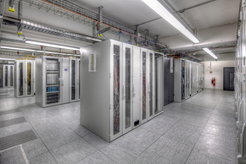
The computer cluster Atlas at the AEI Hannover is the most powerful high-throughput computer worldwide for gravitational-wave data analysis.
© M. Fiorito/MPG

© M. Fiorito/MPG
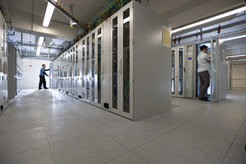
© N. Michalke/Max Planck Institute for Gravitational Physics
